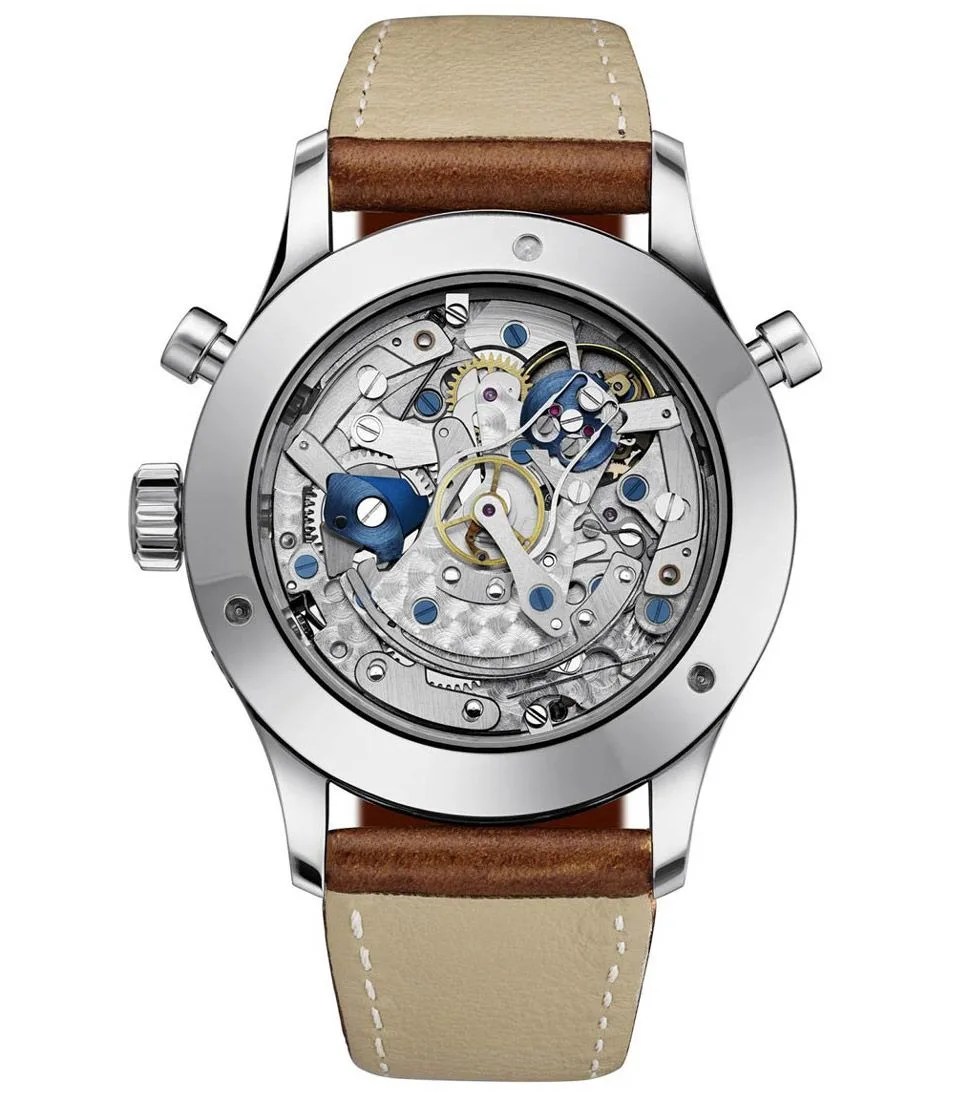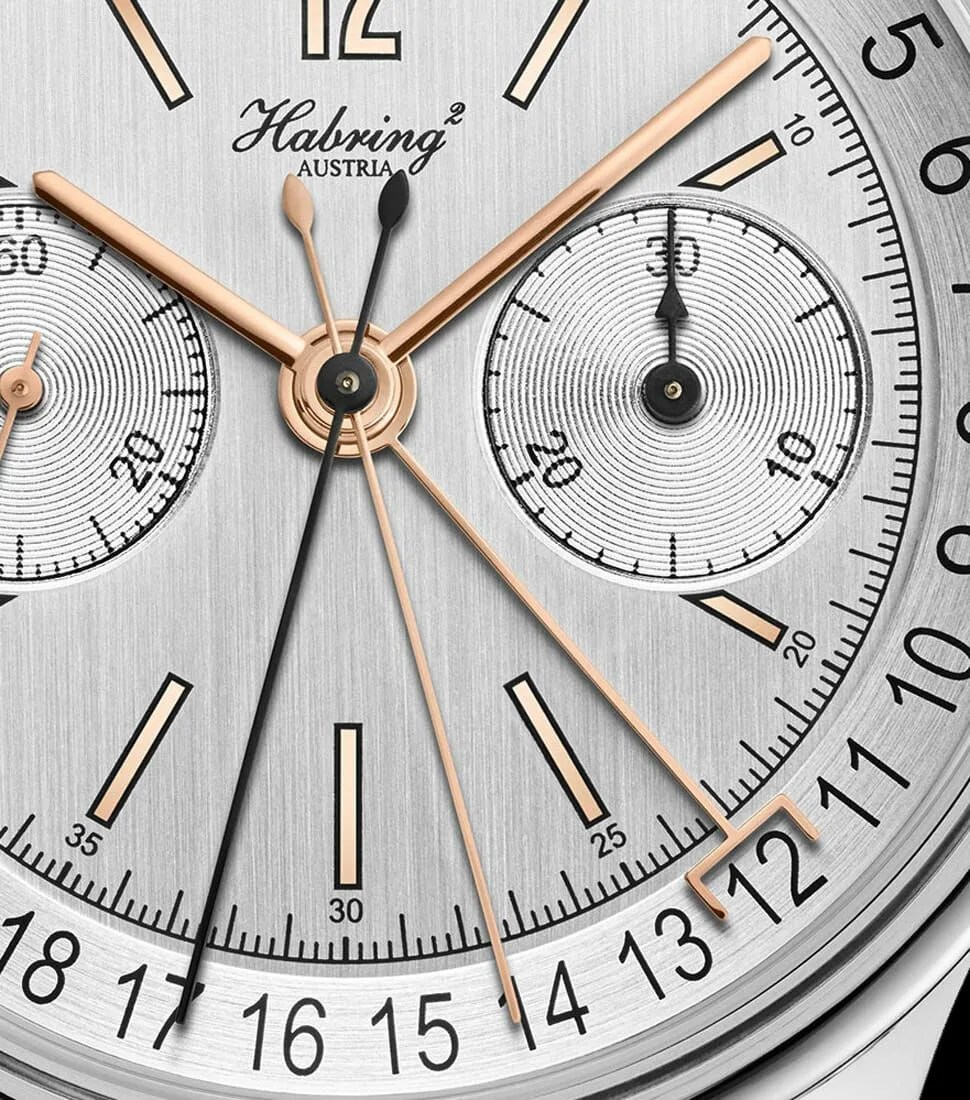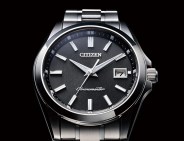Welcome to Watches You Should Know, a biweekly column highlighting little-known watches with interesting backstories and unexpected influence. This week: the Habring Doppelchrongoraph.
Amongst watchmaking’s hierarchy of complications, many consider the rattrapante (French, roughly, for “catch up”) chronograph and its ability to measure two timing intervals simultaneously near the top. It’s a rare beast, historically manufactured by the hottest of the haute horlogerie brands (think A. Lange & Söhne and Patek Philippe) due to both its mechanical complexity and the incredible amount of skill it takes to assemble and adjust it. That was the case, at least, until 1993.
It was in that year that IWC released the Doppelchrongoraph, an exceptionally affordable version of the complex chronograph movement. Spearheaded by watchmaker Richard Habring, the Doppelchrongoraph brought the high-end functionality to the relatively humble Valjoux 7750 in the form of a module. On a traditional rattrapante, the split-seconds function is achieved through two “column wheel” actuators activated by three pushers in the case (one for the stop and start, one for the reset mechanism the third for the slipt-seconds hand).
More Watches You Should Know
• Cartier Santos
• Swatch X-Rated
• Sinn EZM-1
The column wheel is itself tricky to manufacture, so the inclusion of two of them naturally adds to the cost and complexity of the rattrapante’s manufacture. However, the Valjoux 7750 doesn’t use a column wheel in the first place, but rather a simpler cam lever system. Habring utilized this, as well as an additional cam mechanism to control the split-second function, to create a simple, cheap and relatively easy-to-produce rattrapante movement.

Habring eventually left IWC and started his own independent watch brand with his wife Maria in 2004, though it wouldn’t be until 2012 when they produced a rattrapante under the Habring² brand name after IWC’s patent on the innovation expired. The Habring² Doppel 2.0 borrowed the same watchmaking principles and underlying architecture (including the 7750 base) as the IWC form the ’90s, though it ditched the automatic winding and features Habring’s own styling. The result was a watch that was impressive enough to garner a win at that year’s Grand Prix d’Horlogerie de Genevé.


